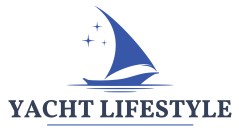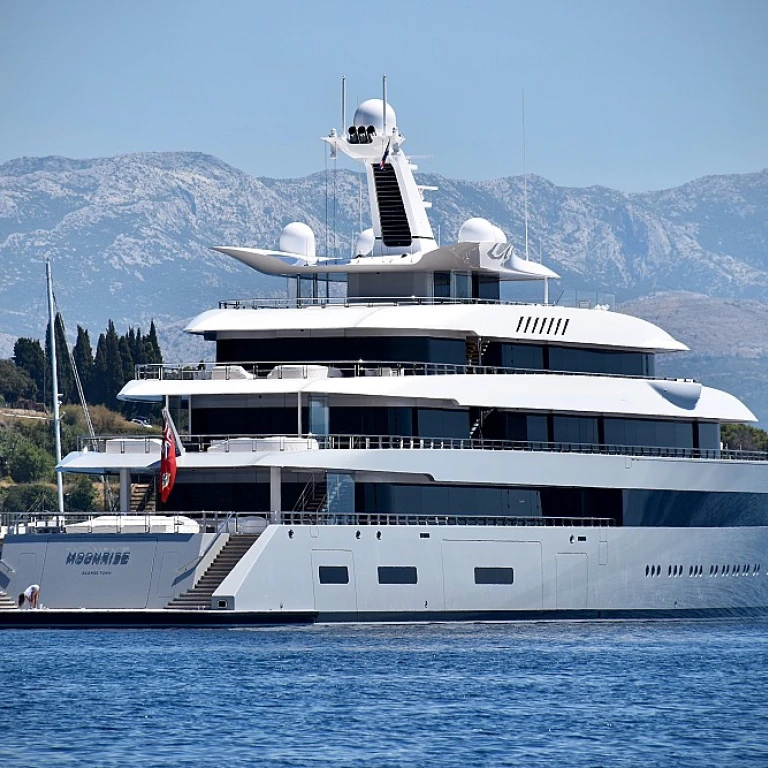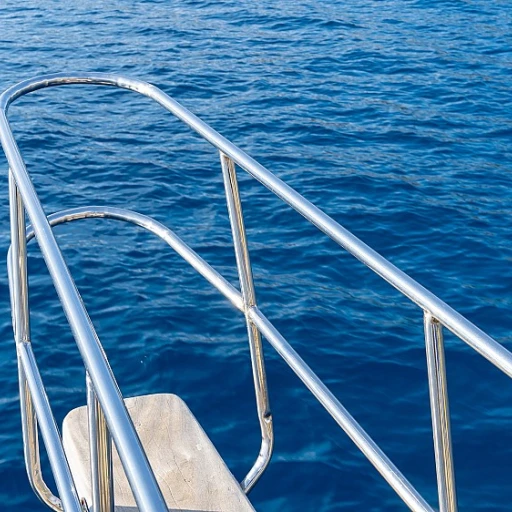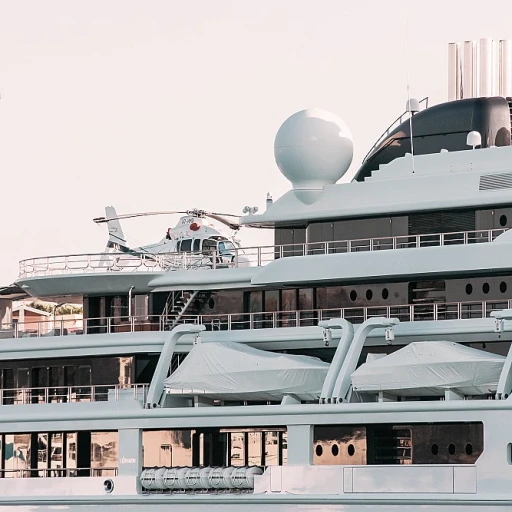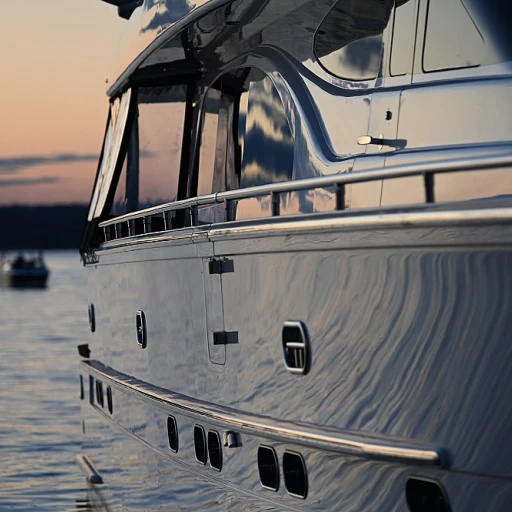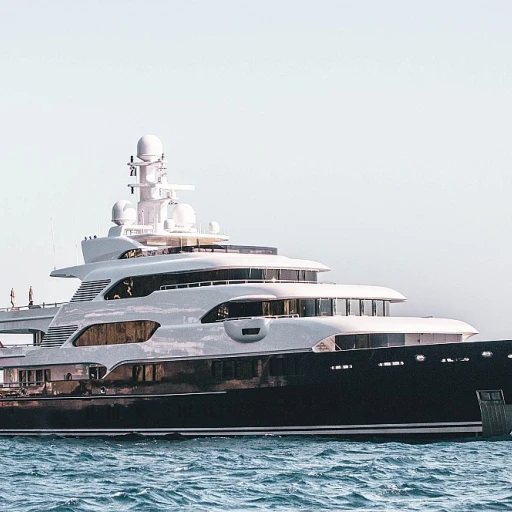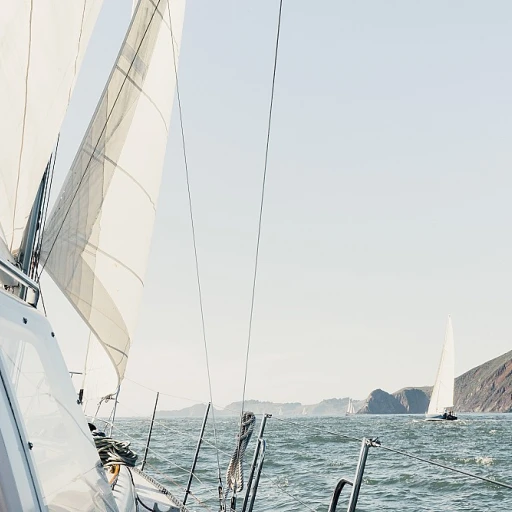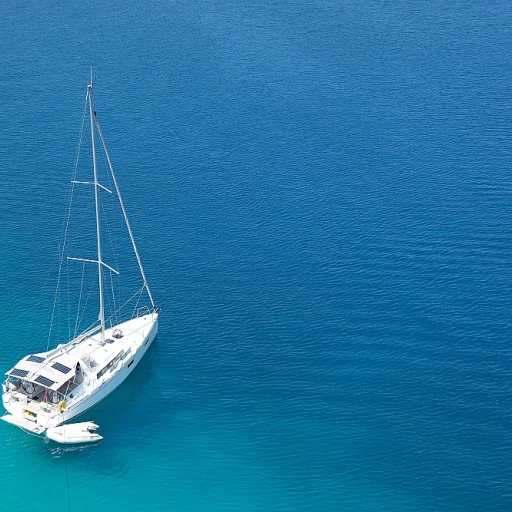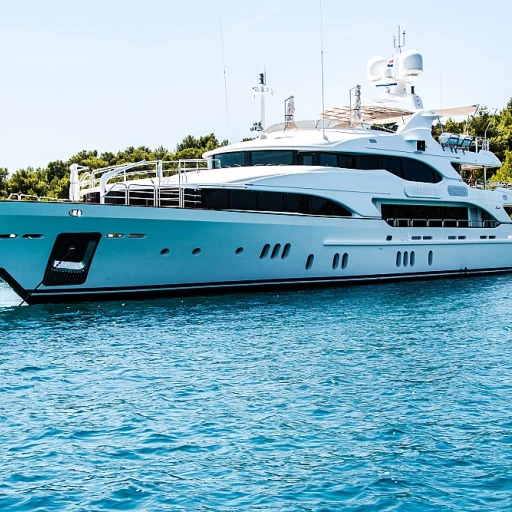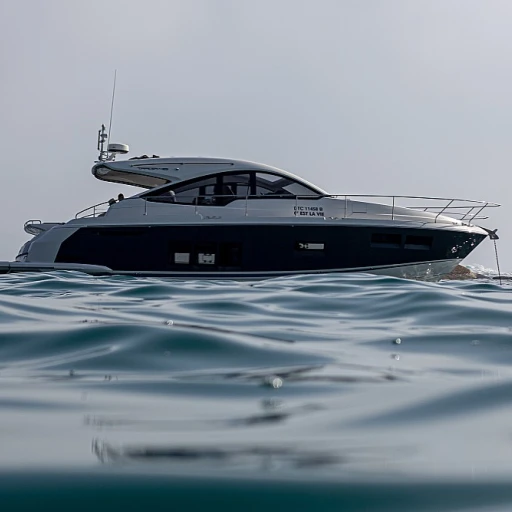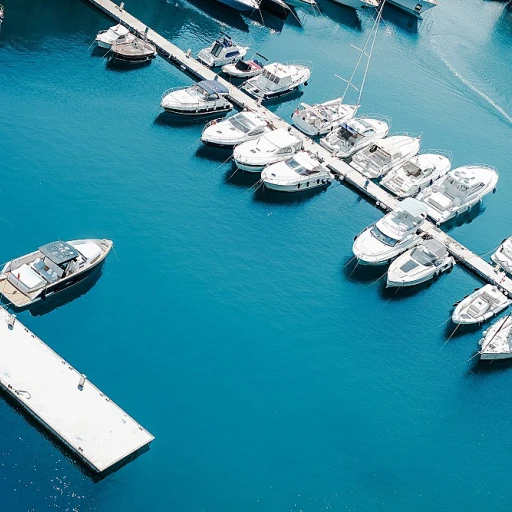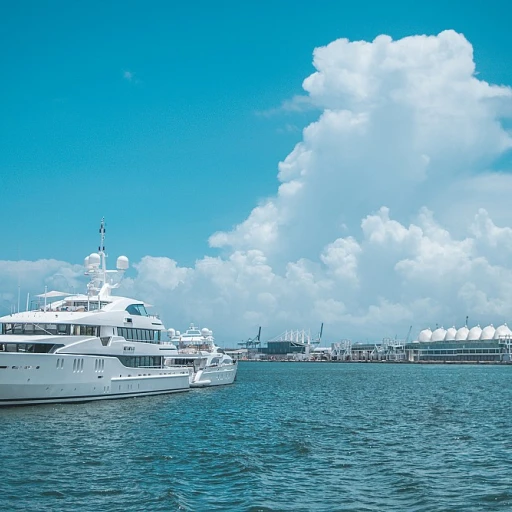
The Role of Outboard Engines in Yachting
The Importance of Power on the Water
Understanding the role of outboard engines in yachting is crucial for any boat enthusiast. The engine is not just a component; it's the heart that propels the vessel forward, providing the thrill and adventure that comes with offshore excursions. Among the many brands available, Yamaha outboards have carved a niche for themselves in this sector. Yamaha's range, including the well-known Yamaha 300 model engine, exemplifies engineering excellence. Their reliability, performance, and fuel efficiency are commendable. Powering a wide array of boats from smaller crafts to larger luxury yachts, these engines are versatile. They are designed to meet diverse needs, whether it's leisurely cruising or competitive racing. Offshore outboards like those from Yamaha not only offer robust horsepower but also feature innovations such as the Helm Master digital electric steering. This type of control enhances the precision and flexibility needed while navigating challenging waters. Choosing the best engine for your boat involves considering various elements like xsb and xcb models, fuel efficiency, and international shipping capabilities for those who ship their vessels globally. Yamaha's expertise is evident in their model design, focusing on performance and user experience. For yacht owners debating between various engine types, understanding the weight and balance of an outboard motor is key. Yamaha stroke engines are known for their optimal weight distribution, which provides stability and enhances overall performance. Whether you're eyeing a pre owned model or a new one, keeping an eye on the recommended fuel and engine weight options can significantly impact your yachting experience. Learn more about yacht choices and costs by exploring the cost of the Galeon 435 GTO which delves deeper into the expenses associated with various yachts.Factors Influencing Yamaha 300 Outboard Price
Understanding the Price Dynamics of Yamaha 300 Outboards
The price of Yamaha 300 outboard engines is influenced by a multitude of factors, each contributing to the overall cost structure. For yacht enthusiasts keen on optimizing their vessel's performance without breaking the bank, understanding these factors is key to making an informed purchase decision. In this section, we'll delve into the primary influences affecting the cost of these popular Yamaha models.
Brand Reputation and Build Quality
Yamaha has a longstanding reputation for producing durable and reliable outboard motors, including the renowned Yamaha 300 model. This brand prestige is one factor that can drive up the cost. The engines are built with high-quality materials and incorporate advanced technology like electric steering and the Helm Master system, ensuring seamless handling and control whether navigating offshore or near the coast.
Technological Innovations
Yamaha's 300 outboard model engines boast state-of-the-art technology that enhances not only performance but also fuel efficiency. Their development includes features such as digital electric controls and optimized fuel systems, which are factors that contribute to their pricing. Yacht owners looking to reduce operational costs will appreciate these innovations, but they come with a price tag that reflects the investments in engineering and design.
Market Demand and Availability
Market demand plays a critical role in the pricing of Yamaha 300 outboard engines. With a growing interest in boating and yachting, driven partly by the versatility of the tiller handle and compatibility with various shaft length configurations, demand for these model engines can fluctuate. When supply is tight, prices may rise, whereas increased production can lead to more competitive pricing.
Additional Features and Specifications
Each Yamaha 300 outboard motor offers unique specifications that can affect its price. Variants like the Yamaha XCB, XSB, and XCA models may incorporate enhancements such as output amp boosters, different weight configurations, and recommended fuel types, which collectively influence the overall cost. Additionally, features like quick usb charger access for offshore trips add value that is reflected in the price.
For those considering international shipping, be aware that costs associated with tariffs, taxes, and logistics could further impact the final purchase price. Therefore, when evaluating the cost of Yamaha 300 outboards, potential buyers should assess these elements alongside their specific boating needs.
For more in-depth insights on how these costs are structured across the boating industry, consider reading this comprehensive guide to cost structures.
Comparing Yamaha 300 with Other Outboard Engines
Analyzing Different Outboard Engines
When evaluating outboard engines for your boat, it's crucial to compare various models to find the best fit for your needs. The Yamaha 300 outboard is a well-regarded option in the market, but how does it stack up against other brands and models?- Performance and Fuel Efficiency: Yamaha outboards, especially the 300 model, are known for their reliable performance and efficiency. It utilizes the latest technology, including electronic fuel injection and digital electric systems, ensuring optimal fuel consumption. Other competitors may not offer the same balance of power and efficiency, making Yamaha a preferred choice for offshore outboards.
- Technological Features: Models like the Yamaha 300 incorporate advanced features such as electric steering and the Helm Master system. These features assist in maneuverability and provide a smoother navigation experience at the helm. While other brands may offer similar technologies, Yamaha’s integration and refinement often stand out.
- Weight and Dimension Considerations: Weight and size play a crucial role in choosing an outboard motor. Yamaha's 300 outboard models are designed with a balanced weight distribution, which not only contributes to better performance but also affects the handling of the boat. When comparing, ensure to consider the shaft length and other specifications that align with your boat’s design.
- Brand Reputation and Durability: Yamaha has built its reputation on durability and reliability. While there are many brands in the market, Yamaha outboards have consistently been a favorite among boat enthusiasts for their robust construction and long-lasting performance.
Impact of Yamaha 300 Outboard Price on Yacht Owners
Financial Implications for Yacht Enthusiasts
Owning a yacht is a significant investment, and every component, including the outboard engines, contributes to the overall costs. When it comes to selecting outboards like the Yamaha 300, one must consider not only its initial price but also the subsequent financial impact on yacht ownership. The Yamaha 300 outboard engine is renowned for its performance on the water, thanks to its impressive 4-stroke capabilities. Yet, this performance comes with financial responsibilities:- Fuel Efficiency: The Yamaha 300, like many offshore models, is designed to optimize fuel consumption. This is critical since fuel expenses constitute a continual cost for yacht owners. The recommended fuel for this engine is vital for maintaining its efficiency and longevity.
- Maintenance and Repairs: As with all engineering marvels, maintenance is crucial. Regular servicing of the Yamaha outboards, especially those with digital electric steering or Helm Master systems, could incur additional expenses.
- Shipping and Installation Costs: Depending on the location, international shipping of the Yamaha brand can add to the cost. Also, professional installation—which is generally recommended for optimal performance—may include fees related to electric steering setup and ensuring the motor aligns properly with the boat's helm.
- Weight and Performance: The engine's weight impacts a yacht's handling. The understanding of how an outboard motor's weight affects the boat’s performance might lead owners to invest in specialized equipment or settings adjustments.
